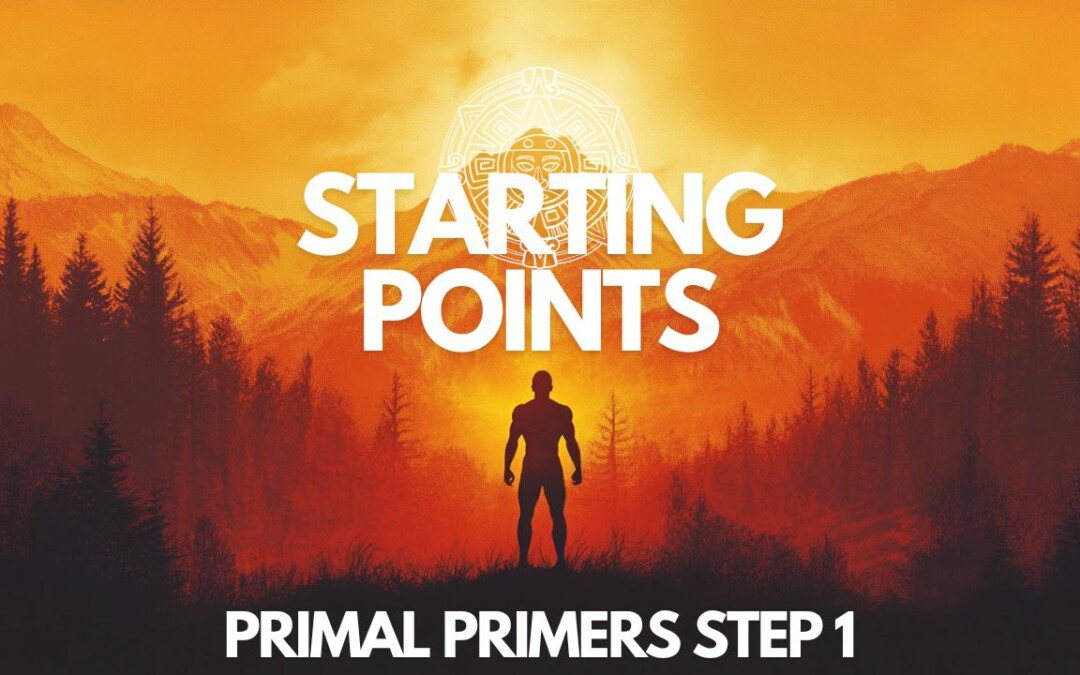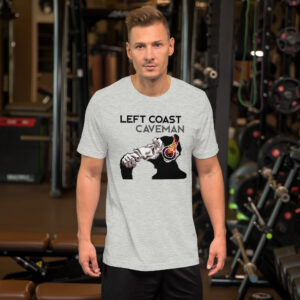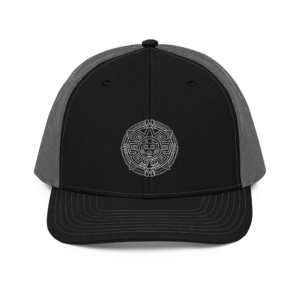Primal Primer 8 (Fitness)
Core strength is essential to overall fitness and rooted deeply in human evolutionary history, as robust trunk musculature has been instrumental in navigating three-dimensional challenges. Conditioned core musculature defined as strength and stability of abdomen, low back, and hips; all working together supporting wide ranges of complex movement. Throughout Paleolithic and Neolithic era’s, early humans engaged in arduous activities involving running, walking, climbing, carrying, and tool use (farming, hunting, and warfare). All activities requiring dynamic movements of bending, twisting, and extending (often violently); ultimately building the sapiens tenuous grasp of yesterday’s dominion forwarded to today’s heights.
Why Train Core?
Core training is crucial for meeting demands and creating adaptations necessary for 3 dimensions of existence. A strong trunk acts as foundation for generating power, enhancing athleticism, and ensuring safe movement. By developing core musculature, proximal stability is created allowing for distal mobility—as one cannot shoot cannon from canoe. An activated core also serves as body armor; protecting from injury while promoting proper posture in everyday life and times of stress or danger.
~Cave Implementation~
Incorporate trunk musculature workouts into every fitness routine: including 1-2 core-specific exercises. Using core focused exercises as part of a warm-up effectively primes the body for training. Additionally, dedicating active recovery days to core training continues progression and healing as its low impact, targets slow-twitch muscle fibers, and maintains low VO2 demand.
The Core Is The Body’s Center Of Gravity. Prioritizing Core Strength Is Vital For Optimal Movement & Overall Fitness.














